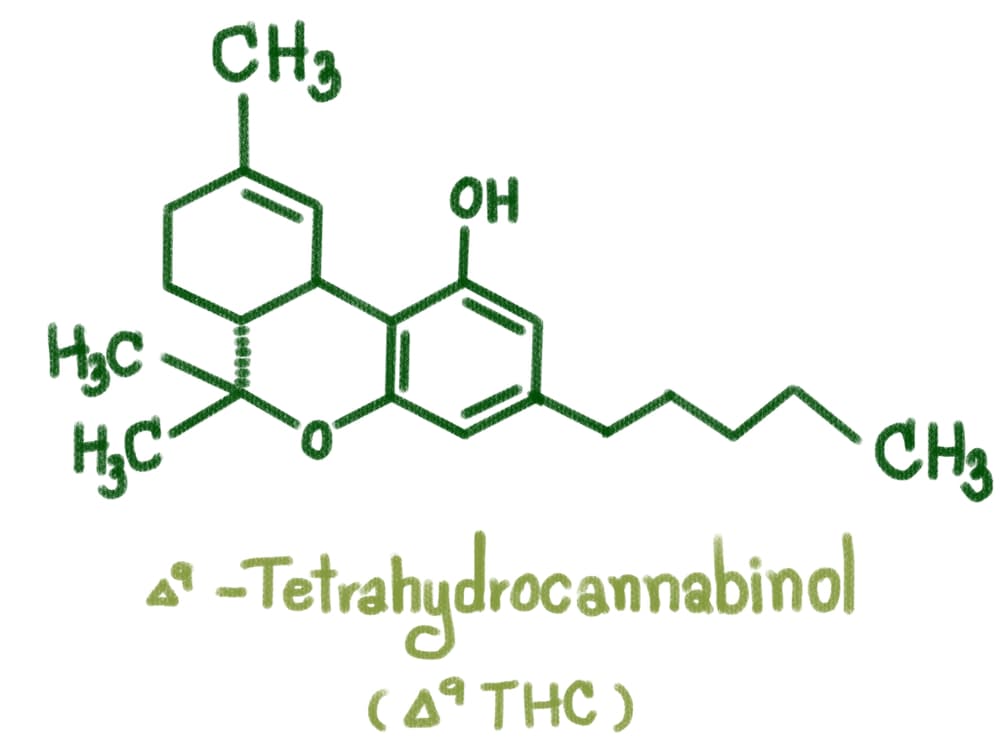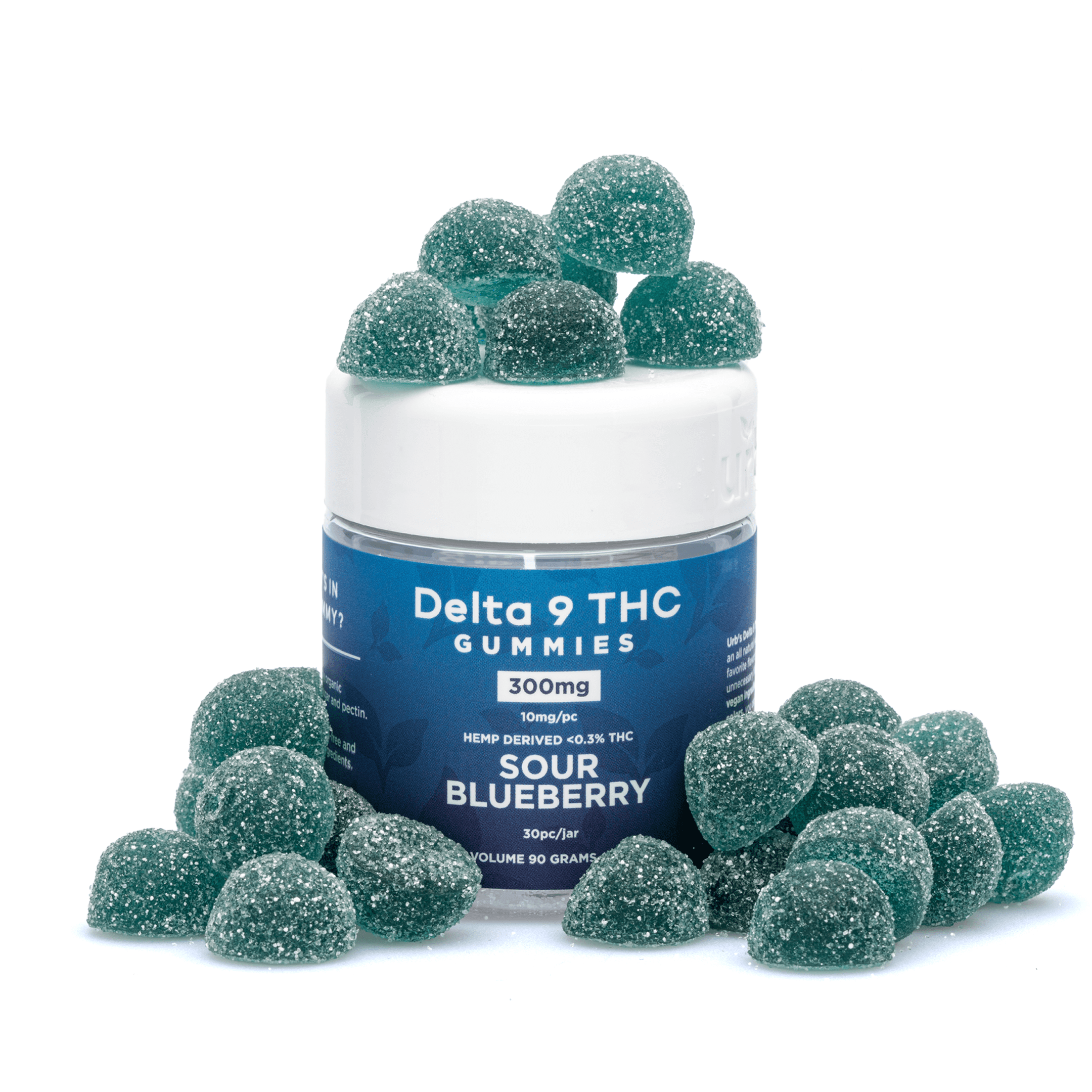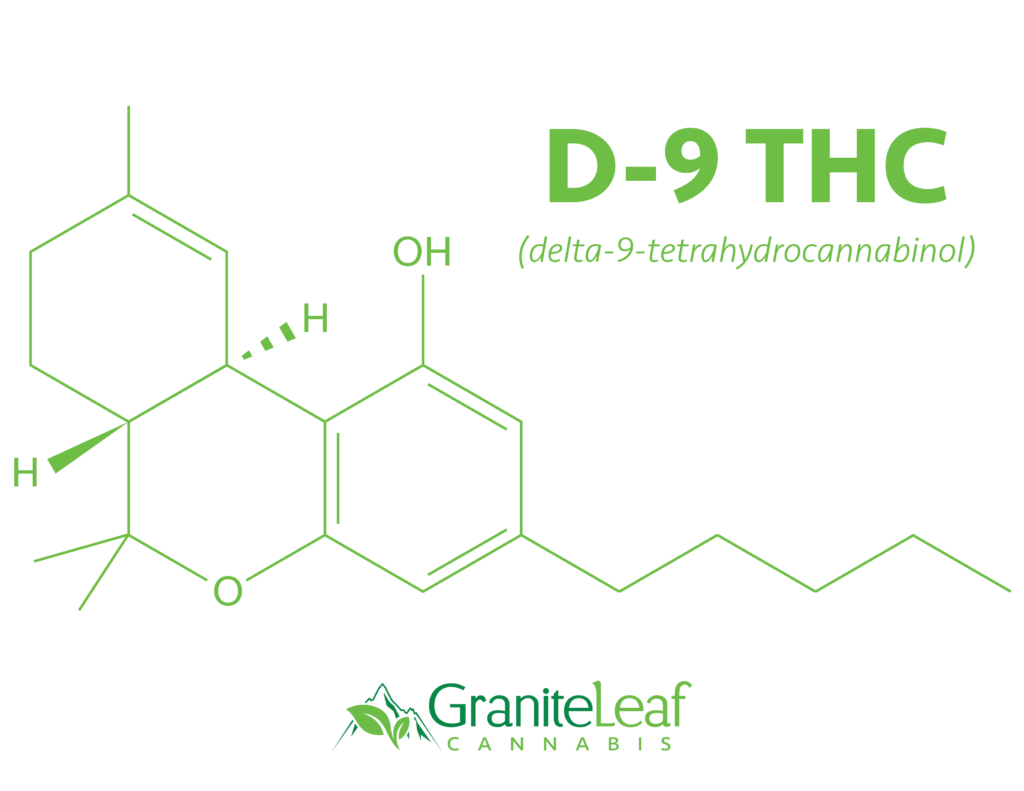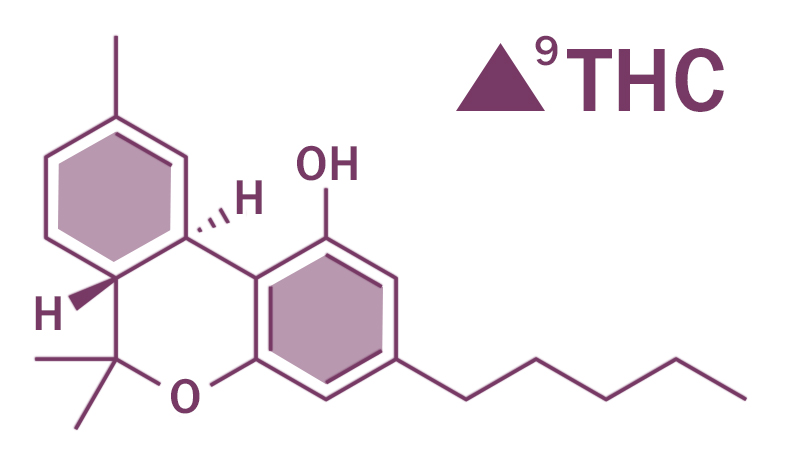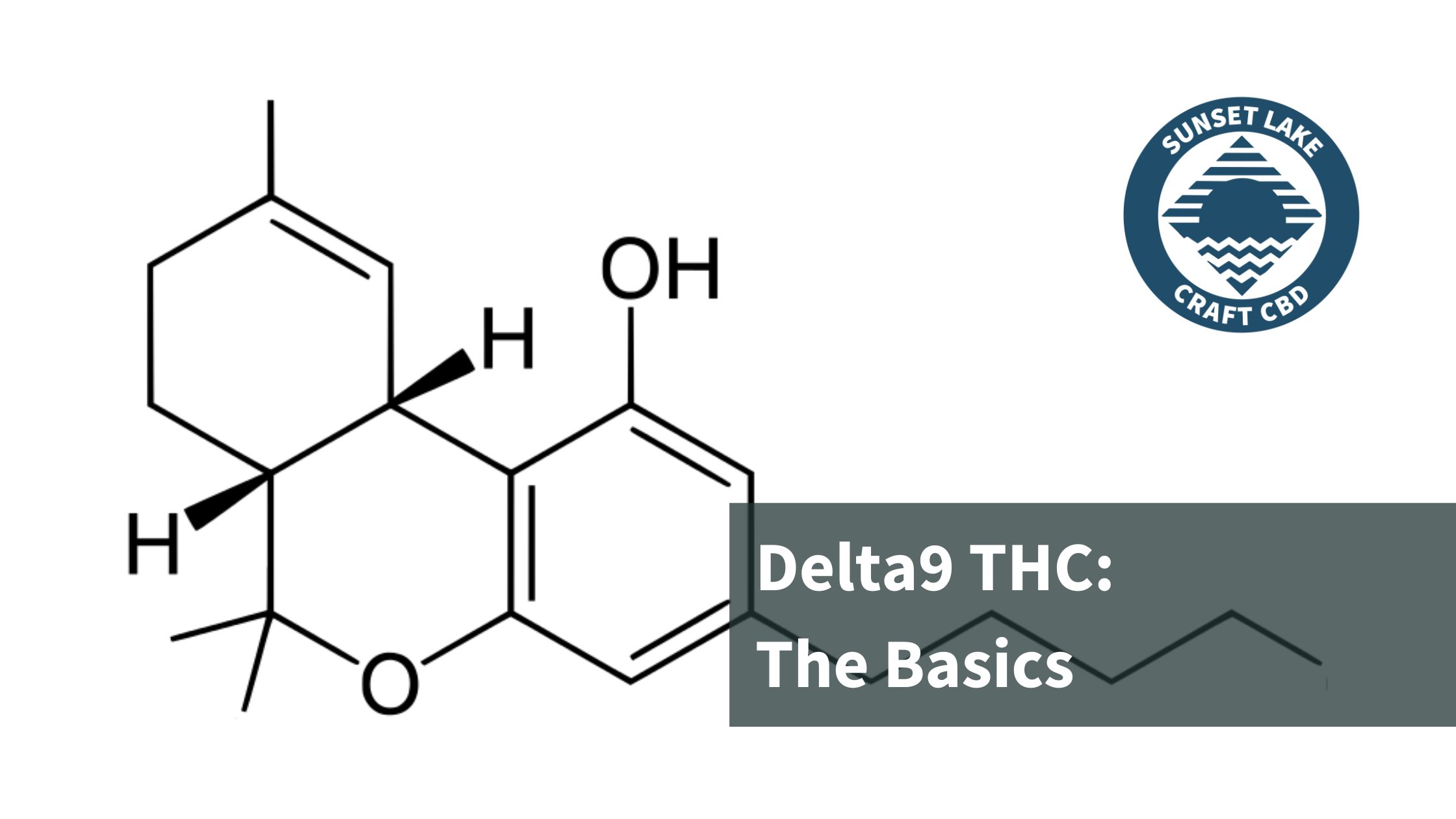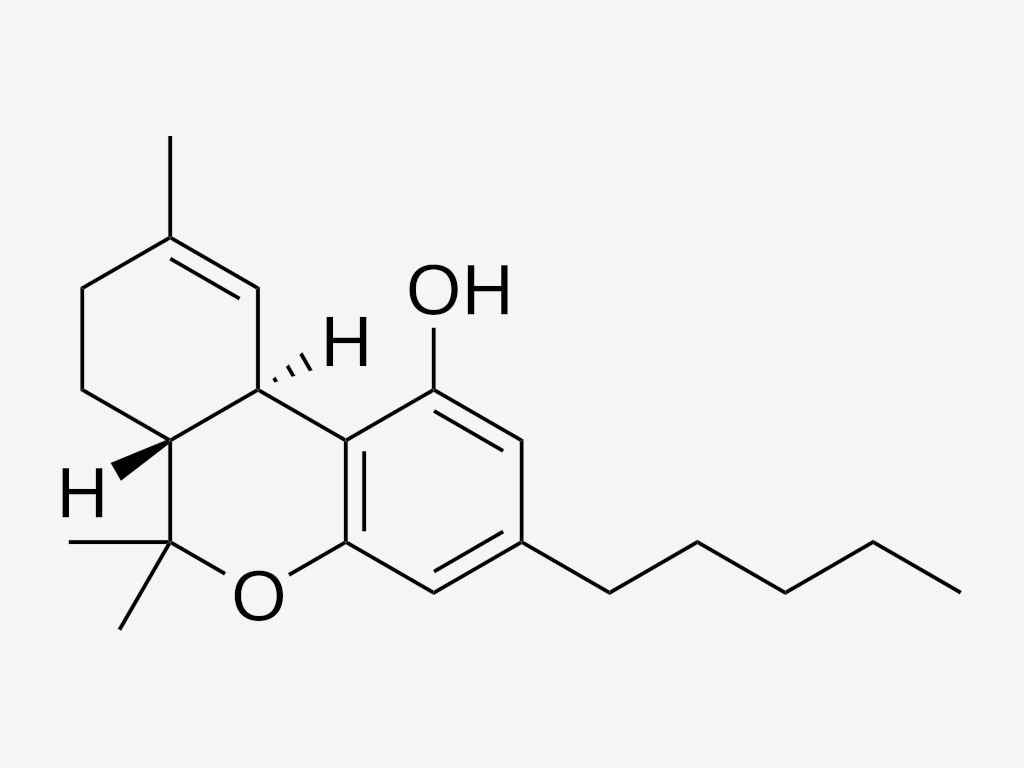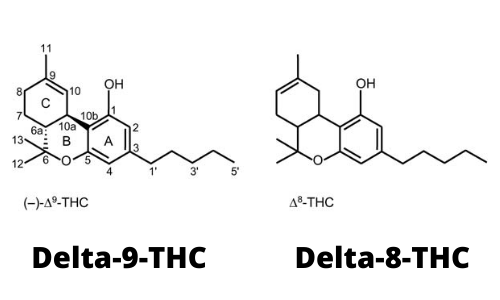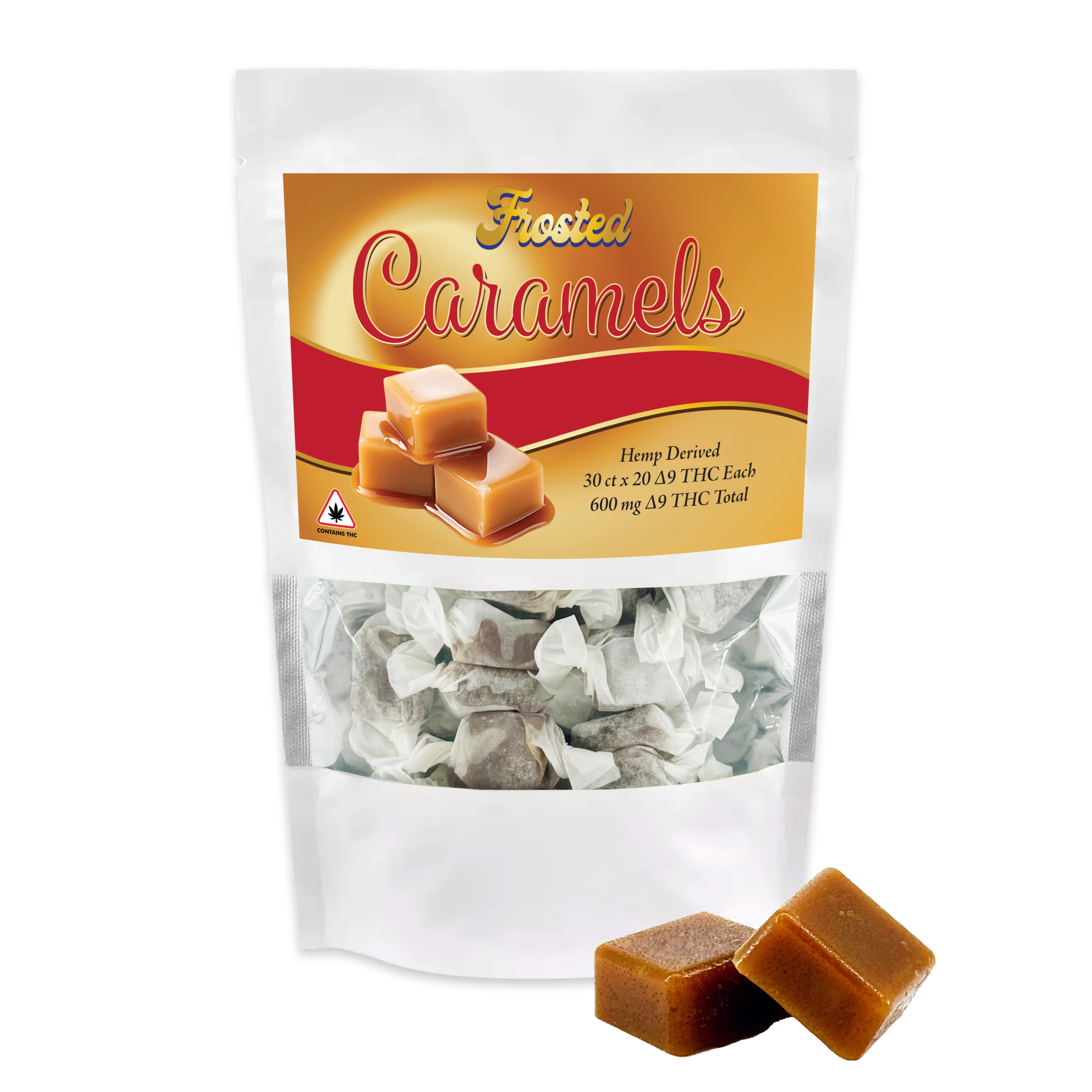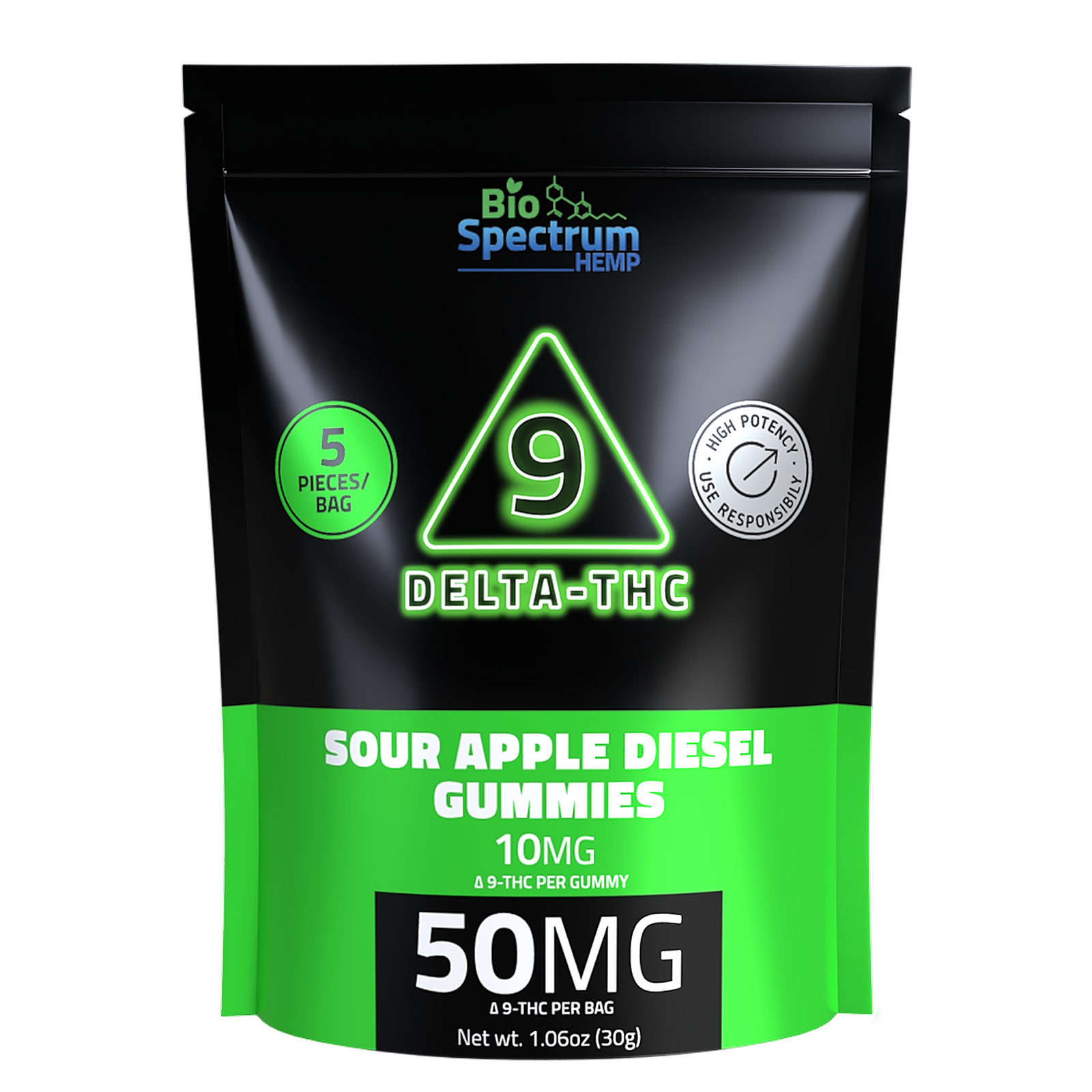How Strong Is 0.3 Delta-9 Thc
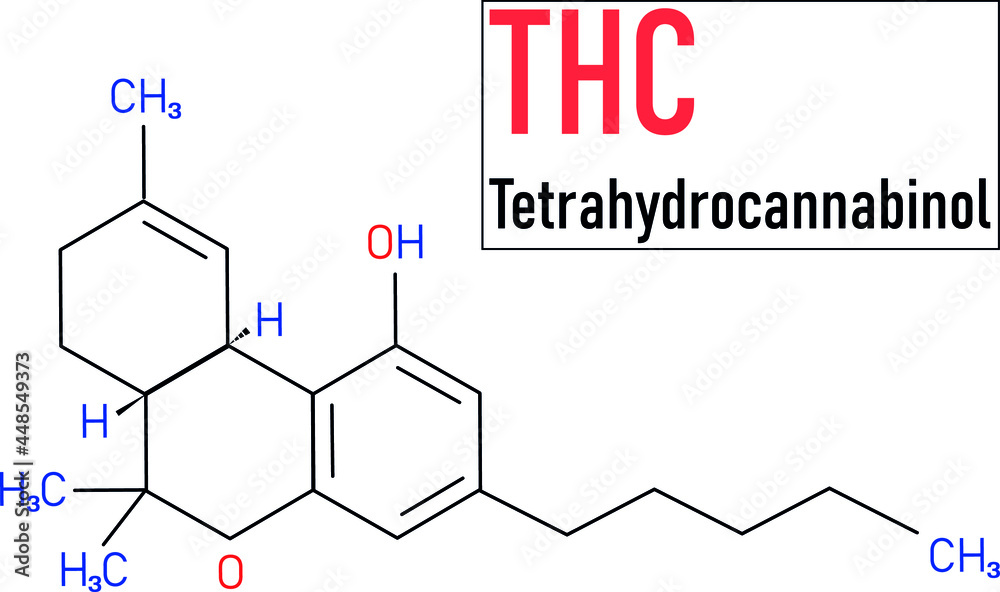
The cannabis landscape is undergoing a seismic shift, fueled by evolving regulations and a growing consumer interest in hemp-derived products. At the heart of this transformation lies a seemingly innocuous number: 0.3% Delta-9 THC. But how strong, really, is this seemingly negligible amount of the psychoactive compound, and what implications does it hold for consumers, businesses, and regulators alike?
The seemingly arbitrary 0.3% threshold, defined in the 2018 Farm Bill, separates legal hemp from federally illegal marijuana. This distinction has opened a floodgate of products containing Delta-9 THC below this limit, leading to widespread confusion and debate about their actual psychoactive effects and safety. This article delves into the science behind 0.3% Delta-9 THC, examining its potential effects, the regulatory challenges it presents, and the ongoing discourse surrounding its place in the burgeoning hemp industry.
Understanding Delta-9 THC and the 0.3% Threshold
Delta-9 Tetrahydrocannabinol (Delta-9 THC) is the primary psychoactive compound found in cannabis. It interacts with the body's endocannabinoid system, producing effects such as euphoria, relaxation, altered perception, and, in some cases, anxiety or paranoia.
The 2018 Farm Bill legalized hemp, defined as cannabis plants containing no more than 0.3% Delta-9 THC on a dry weight basis. This legal loophole has allowed for the proliferation of hemp-derived products, including edibles, beverages, and concentrates, that contain up to 0.3% Delta-9 THC by weight.
The seemingly low concentration has sparked debate. Many question whether it's truly inconsequential or if it can still induce noticeable psychoactive effects, particularly when consumed in larger quantities or specific formulations.
The Psychoactive Potential of 0.3% Delta-9 THC
The psychoactive effects of 0.3% Delta-9 THC are complex and depend on several factors. These factors include individual tolerance, body weight, metabolism, and the specific product formulation.
While 0.3% Delta-9 THC might not produce intense psychoactive effects in all individuals, it can certainly be noticeable for some. For example, individuals with low THC tolerance or those who are new to cannabis consumption may experience mild euphoria, relaxation, or altered perception.
Edibles present a unique challenge. The liver metabolizes Delta-9 THC into 11-hydroxy-THC, a more potent psychoactive compound, which can intensify the effects and prolong their duration. This means that even seemingly low doses of Delta-9 THC in edibles can potentially lead to unexpected or overwhelming experiences.
The "Entourage Effect"
The "entourage effect" is another crucial factor. It proposes that the combination of cannabinoids, terpenes, and other compounds in cannabis can synergistically enhance the overall effects.
Products containing a full spectrum of cannabinoids and terpenes may produce more pronounced effects than isolated Delta-9 THC. This is due to the synergistic interaction between these compounds.
This complexity makes it difficult to predict the exact effects of 0.3% Delta-9 THC products. It highlights the need for caution and informed consumption.
Regulatory Challenges and Consumer Concerns
The 0.3% Delta-9 THC threshold has created significant regulatory challenges. States are grappling with how to regulate hemp-derived products, including those containing Delta-9 THC.
Some states have implemented stricter regulations. They place limits on the total amount of THC in products or require specific labeling requirements. Other states have adopted a more permissive approach.
This patchwork of regulations has created confusion for consumers and businesses. It makes it difficult to navigate the legal landscape and ensure product compliance.
Consumer Safety and Labeling
Consumer safety is a major concern. Many consumers are unaware of the potential psychoactive effects of 0.3% Delta-9 THC products.
Inadequate labeling is a major problem. Many products lack clear and accurate information about THC content, potential effects, and recommended serving sizes.
This lack of transparency puts consumers at risk. It makes it difficult for them to make informed decisions about product use.
The Future of 0.3% Delta-9 THC and the Hemp Industry
The future of 0.3% Delta-9 THC and the hemp industry remains uncertain. Federal and state regulations are constantly evolving. The evolving understanding of cannabis science will further shape this industry.
There's a growing call for a more nuanced approach to cannabis regulation. One that considers the specific chemical profile of cannabis products, rather than relying solely on the 0.3% THC threshold.
Increased research is crucial. More research into the effects of different cannabinoid combinations, including low-dose Delta-9 THC, is needed to inform regulations and protect consumers. Organizations like the National Institute on Drug Abuse (NIDA) are key to this research.
Education is paramount. Consumers need access to accurate information about the potential effects and risks of cannabis products. Improved labeling and public awareness campaigns are essential.
The debate surrounding 0.3% Delta-9 THC highlights the complex challenges. It showcases the need for responsible regulation, informed consumer choices, and continued scientific investigation. Only then can the potential benefits of the hemp industry be realized while mitigating potential risks.
